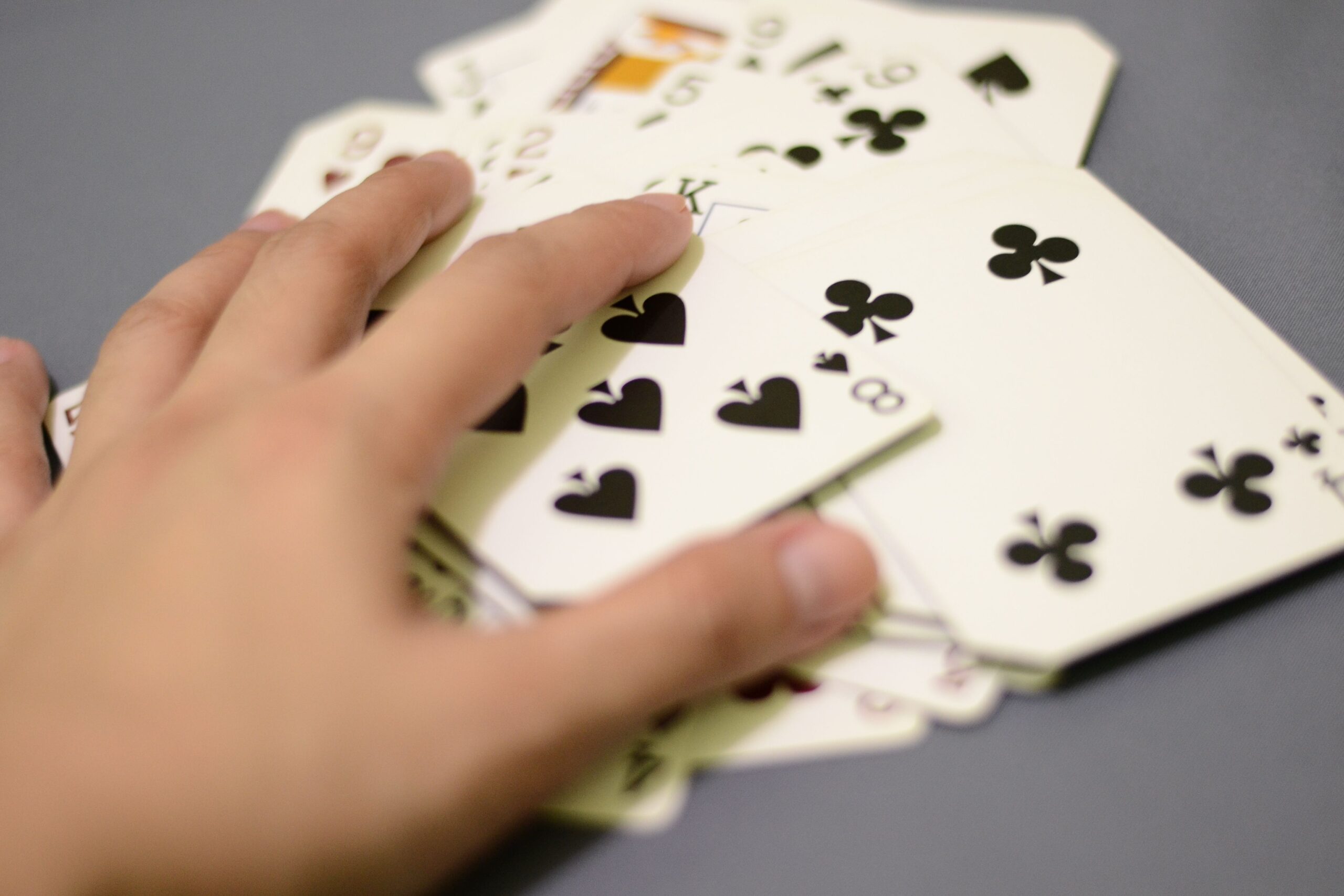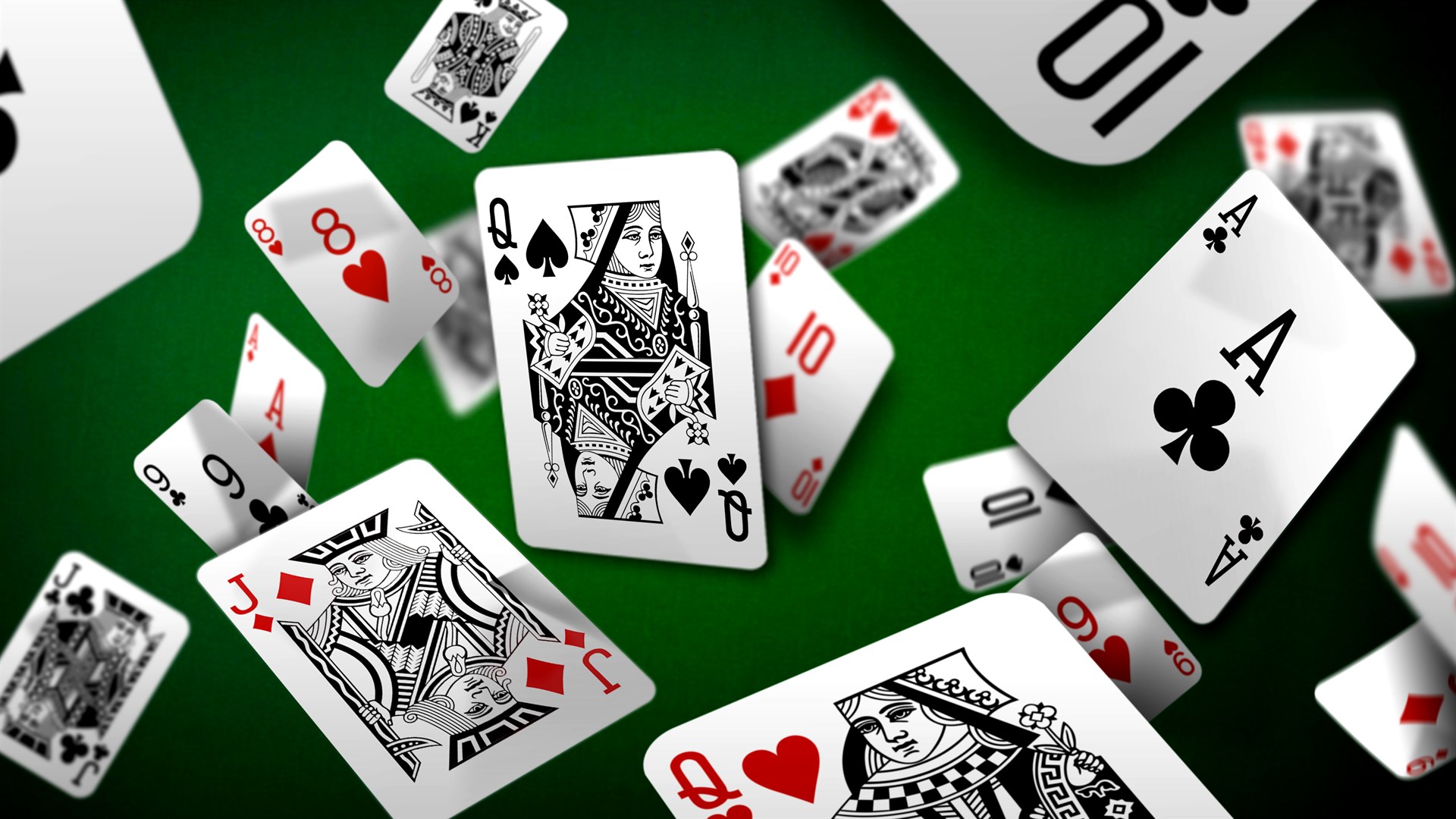In the rich tapestry of classic card games, Pinochle holds a special place. For over a century, it has been a beloved pastime, celebrated for its unique blend of bidding, melding, and trick-taking. Unlike games of pure chance, Pinochle is a game of deep strategy, calculation, and, most importantly, partnership.
It’s a game that creates a lively social atmosphere while providing a satisfying mental workout, rewarding players who can plan ahead and communicate effectively with their partner.
While traditionally played around a physical table with family and friends, the enduring appeal of skill-based card games has ensured their survival in the digital age. The intricate strategies and classic gameplay of titles like Pinochle are finding new life on modern gaming platforms.
Enthusiasts can find digital versions on various sites, and it’s the kind of classic game that would feel right at home in the card room of a sophisticated platform like voxcasino.
This guide will provide you with a thorough introduction to the rules, scoring, and fundamental strategies you need to start playing and enjoying this timeless game.
The deck and card ranks: the heart of Pinochle
Pinochle is played with a unique 48-card deck. It consists of two copies of each of the 9, 10, Jack, Queen, King, and Ace cards in all four suits. There are no 2s through 8s. This deck composition is crucial as it makes pairs of high-value cards possible and essential for scoring.
Another unique feature of Pinochle is its non-standard card ranking. This is one of the most important things for new players to learn.
Card Rank (from highest to lowest): Ace (A), 10, King (K), Queen (Q), Jack (J), 9. Notice that the 10 is the second-highest-ranking card, positioned above the King. This is a critical rule to remember during the trick-taking phase of the game.
Phase 1: bidding for Trump
Pinochle begins with each player being dealt 12 cards. The game then enters a bidding phase to determine which partnership will name the “trump” suit for the round. The bidding is essentially an auction where players state the minimum number of points they believe their partnership can score in the round.
The player to the left of the dealer starts the bidding, which typically begins at a predetermined number (e.g., 250). Players can either pass or increase the bid in increments of 10.
The bidding continues around the table until three of the four players have passed. The player with the highest bid wins the contract. This player then declares the trump suit for the hand.
Phase 2: melding for points
After the trump suit is declared, the “melding” phase begins. This is where players reveal specific combinations of cards in their hands to score points.
Melds are the primary way to accumulate a high score, and a good meld can often be more valuable than the points won in trick-taking. The cards are shown to the table, points are recorded, and then the cards are returned to the player’s hand for the trick-taking phase. Common melds and their point values:
- Runs (in the trump suit only): A-10-K-Q-J of the trump suit is worth 150 points.
- Marriages and Royal Marriages:
- A King and Queen of the same non-trump suit (a “marriage”) is worth 20 points.
- A King and Queen of the trump suit (a “royal marriage”) is worth 40 points.
- Pinochles:
- A Queen of Spades and a Jack of Diamonds (a “pinochle”) is worth 40 points.
- Two Queens of Spades and two Jacks of Diamonds (a “double pinochle”) is worth 300 points.
- “Arounds” (one of each suit):
- Four Aces in different suits are worth 100 points.
- Four Kings in different suits are worth 80 points.
- Four Queens in different suits are worth 60 points.
- Four Jacks in different suits are worth 40 points.
A single card can be used in multiple melds, but only if they are of different types. For example, a King of trump can be used in a “run” and an “around” of Kings simultaneously.
Phase 3: trick-taking
After melding, the trick-taking phase begins. The player who won the bid leads the first “trick” by playing a card. The other players must follow suit if they can. If a player cannot follow suit, they must play a trump card. If they cannot follow suit or play trump, they may play any card.
The trick is won by the highest card of the suit that was led, unless a trump card was played, in which case the highest trump card wins.
The goal is to win tricks that contain “counters”—Aces, 10s, and Kings—as these are worth points when tallied at the end of the round. Each Ace, 10, and King won in a trick is worth 10 points. Winning the final trick of the hand is also typically worth a bonus of 10 points.
Winning strategies for Pinochle
Success in Pinochle relies on a combination of smart bidding, strategic melding, and skillful play. It begins with the bid, where you must evaluate your hand’s potential for both high-scoring melds and trick-taking power from Aces and 10s, using your bids to communicate strength to your partner.
Once the contract is won, the melding strategy is direct: declare all your points to help meet the bid, while analyzing your partner’s melds to understand their hand. The trick-taking phase then depends on your role.
If you win the bid, your priority is to draw out your opponents’ trump cards to control the hand and capture counters. If you are defending, your goal is to disrupt their plan by winning tricks with your own trump whenever the opportunity arises.
Pinochle is a testament to the enduring power of a well-designed card game. It challenges players to be strategic, to communicate with their partner without speaking, and to constantly calculate and recalculate probabilities. Every hand is a new puzzle of bidding, melding, and trick-taking.
Whether you are learning the game for the first time or are a seasoned player, the rich complexity of Pinochle offers a deeply rewarding experience that has rightfully earned its place as a classic in the pantheon of great card games.


